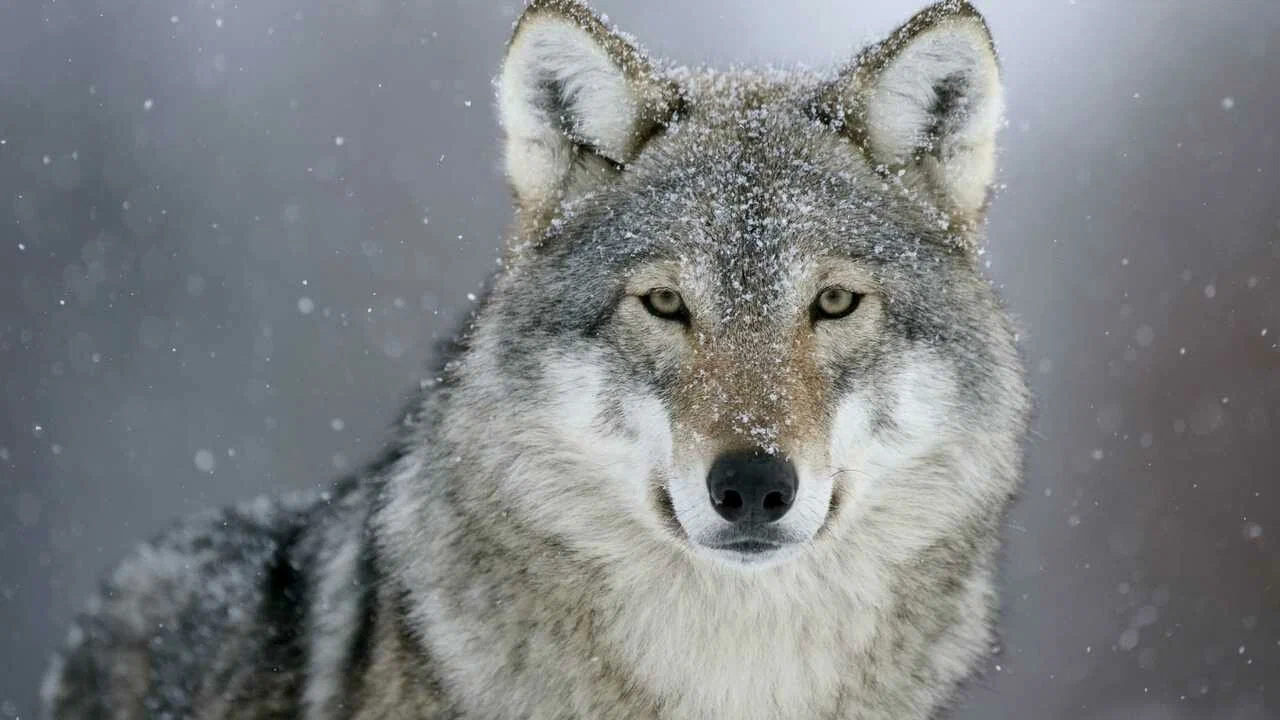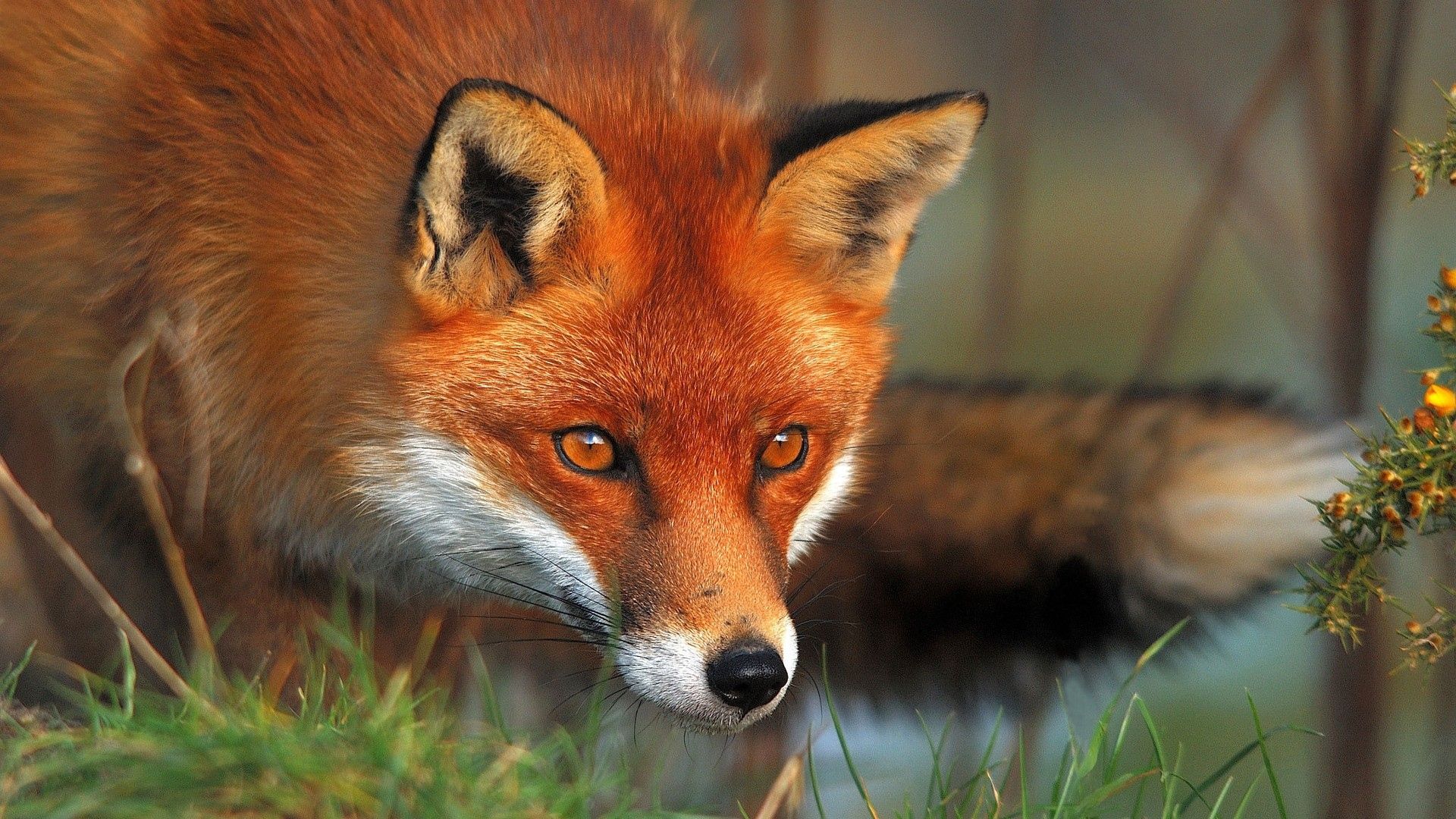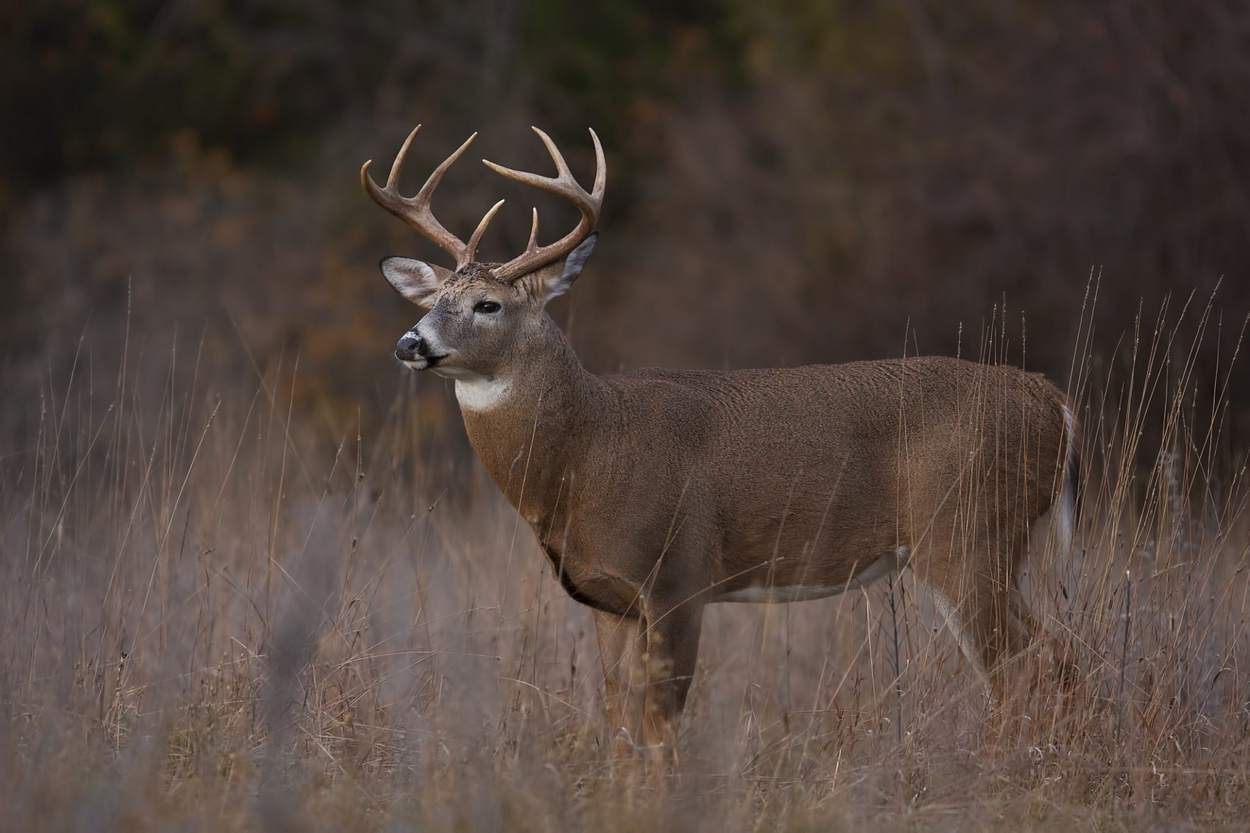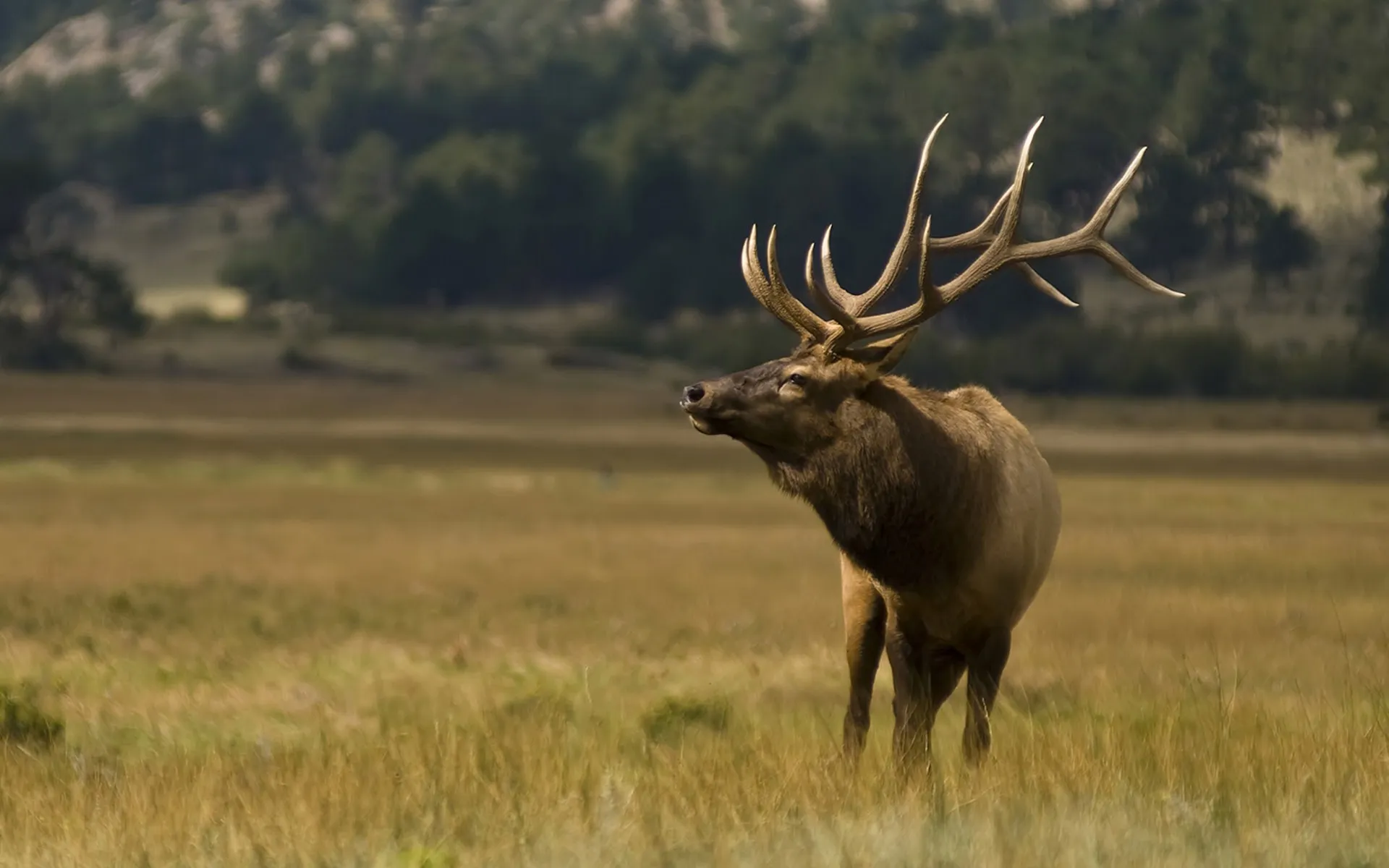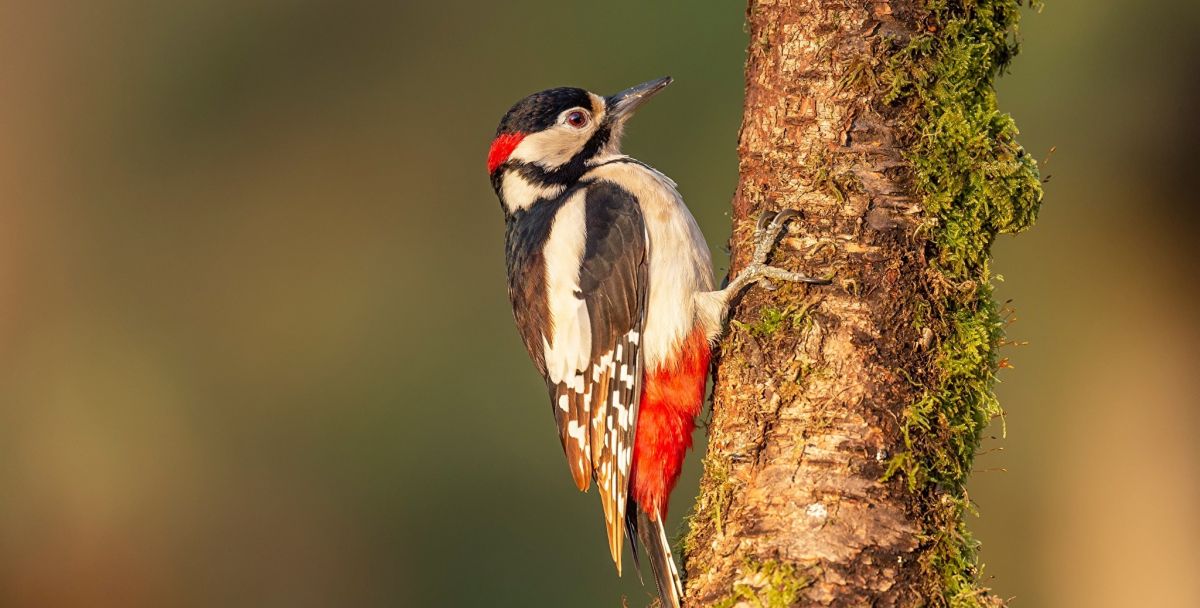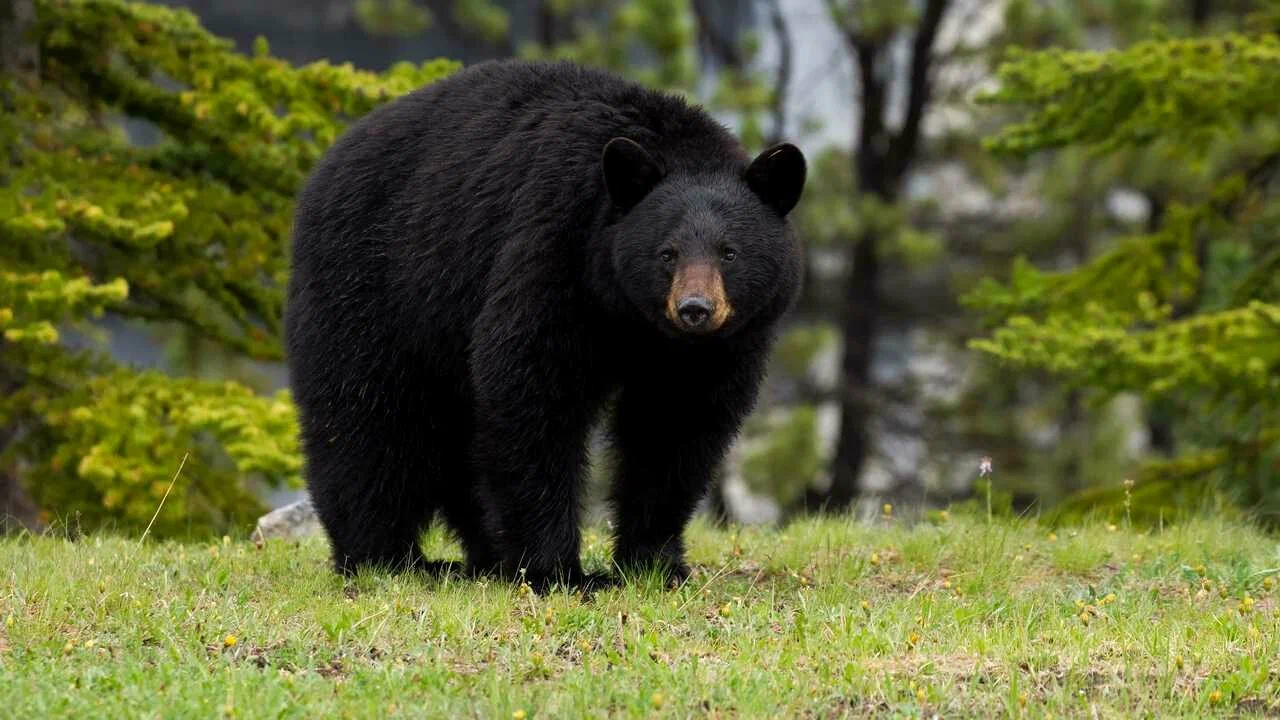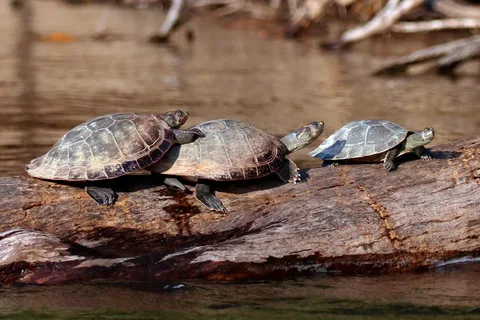Wildlife of Coniferous Forests
The Canine Residents: Wolves and Foxes
Coniferous forests are home to a diverse array of wildlife, including some fascinating canine residents: wolves and foxes.
The gray wolf (Canis lupus) is one of the most iconic predators in coniferous forests. These majestic creatures roam freely across vast territories, feeding on a variety of prey such as deer, elk, and moose.
Gray wolves are highly social animals that thrive in family groups, often consisting of a dominant male, female, and their offspring. They have an impressive communication system, using vocalizations, body language, and even scent markings to convey important information within the pack.
The red fox (Vulpes vulpes) is another cunning canine inhabitant of coniferous forests. This adaptable species has a wide distribution across various habitats, including boreal forests, tundra, and even urban areas.
Red foxes are solitary animals with large home ranges, which they mark with scent to deter other competitors from entering their territory. They have a varied diet that includes small mammals like voles and hares, as well as fruits, seeds, and insects.
A notable characteristic of red foxes is their bushy tails, which they use for communication and balance. They also have remarkable adaptability, able to adjust their behavior and physiology to survive in different environments.
Wolves and foxes play a vital role in maintaining the ecological balance within coniferous forests. By regulating prey populations, these canines prevent overgrazing and maintain the diversity of plant species.
Unfortunately, both gray wolves and red foxes face numerous threats, including habitat loss, hunting, and human-wildlife conflict. Conservation efforts are essential to protect these incredible animals and their habitats, ensuring the long-term health of coniferous forests ecosystems.
In summary, wolves and foxes are fascinating canine residents of coniferous forests, contributing to the rich biodiversity of these ecosystems. By understanding and appreciating their importance, we can work towards preserving the delicate balance within these incredible environments.
Gray wolves (Canis lupus) are well adapted to life in coniferous forests, using their keen senses to hunt prey such as moose and beavers
The coniferous forests are home to a wide variety of wildlife, including some iconic and fascinating species. One of the most notable inhabitants of these forests is the gray wolf, also known as Canis lupus.
Gray wolves are well adapted to life in coniferous forests, where they use their keen senses to hunt for prey such as moose (Alces alces) and beavers (Castor canadensis). The wolf’s exceptional hearing and sense of smell allow them to locate their prey even in the densest and quietest forest environments.
The gray wolf is a highly social animal, living in packs with a complex hierarchy. These packs are usually led by an experienced female, and they work together to hunt and protect their territory from other predators.
Other animals that inhabit coniferous forests include the black bear (Ursus americanus), which is known for its omnivorous diet and ability to climb trees. The black bear feeds on a variety of plants, nuts, and insects, as well as small mammals like rodents and hares.
The coniferous forests are also home to the moose, which is one of the largest members of the deer family (Cervidae). Moose inhabit these forests year-round, where they feed on leaves, twigs, and aquatic plants. They are excellent swimmers and often wade through shallow waterways in search of food.
The beaver, Castor canadensis, is another common resident of coniferous forests. Beavers are semi-aquatic rodents that build complex dams and lodges using branches, sticks, and mud. They are herbivores, feeding on aquatic plants, leaves, and bark.
Other animals found in these forests include the bobcat (Lynx rufus), a solitary cat that feeds on small mammals like rodents and hares. The bobcat is also known for its distinctive black spots and tufted ears.
The coniferous forests are home to over 500 species of birds, including waterfowl, songbirds, and raptors. Some notable species include the great gray owl (Strix nebulosa), which is one of the largest owls in North America. This owl feeds on small mammals like rodents and voles.
Overall, coniferous forests are some of the most biodiverse ecosystems on the planet, supporting a wide range of animal species that have adapted to life in these unique environments.
Red foxes (Vulpes vulpes) are also found in these forests, preying on small mammals like rodents and hares
The coniferous forests are a vital habitat for many species of wildlife, including mammals, birds, and insects.
These forests provide shelter, food, and protection from harsh weather conditions, making them an ideal environment for various animals to thrive.
Mammals
Some of the common mammals found in coniferous forests include:
- Squirrels (Sciuridae family): Squirrels are arboreal, which means they live in trees. They feed on seeds, nuts, and fruits, playing a crucial role in seed dispersal.
- Raccoons (Procyon lotor): These mammals are omnivores, feeding on insects, fruits, and small animals like rodents.
- Moose (Alces alces): The largest member of the deer family, moose inhabit coniferous forests in northern regions, feeding on leaves, twigs, and aquatic plants.
- Red foxes (Vulpes vulpes): These carnivores are adaptable and found throughout coniferous forests, preying on small mammals like rodents and hares.
Birds
Coniferous forests provide a diverse range of habitats for various bird species:
- Nuthatches (Sitta spp.): These birds are known for their agility, using their strong feet and sharp beaks to climb up and down tree trunks in search of insects.
- Woodpeckers (Picidae family): With their distinctive drumming patterns, woodpeckers feed on sap, seeds, and insects living beneath the bark of coniferous trees.
- Sparrows and finches: These small birds inhabit dense underbrush areas within coniferous forests, feeding on seeds and insects.
Insects
The coniferous forests are also home to a variety of insects, including:
- Beetles (Coleoptera): Many species of beetles feed on the sap or bark of coniferous trees.
- Butterflies and moths: Some species of butterflies and moths migrate to coniferous forests in search of food, while others live there throughout their lives.
In summary, coniferous forests are a diverse ecosystem that supports an array of wildlife, providing essential habitats for mammals, birds, and insects.
Hoofed Mammals
Deer, Moose, and Elk
Hoofed mammals are a diverse group of animals that inhabit coniferous forests around the world, and some of the most iconic species can be found in these ecosystems.
Among them are deer, which are a ubiquitous presence in many coniferous forests. Deer come in a variety of species, such as white-tailed deer (Odocoileus virginianus) and mule deer (Odocoileus hemionus), and they play a crucial role in shaping the forest ecosystem through their browsing and grazing activities.
Another iconic hooved mammal found in coniferous forests is the moose (Alces alces). The largest member of the deer family, moose are known for their impressive antlers and ability to thrive in cold, boreal climates. They feed on a variety of plants, including twigs, leaves, and aquatic vegetation.
Elk (Cervus canadensis) are also common inhabitants of coniferous forests, particularly in western North America. These majestic animals have distinctive antlers and a rich history of human interaction, dating back to ancient times when they were hunted by Native American tribes for their meat and hide.
These hooved mammals contribute significantly to the biodiversity of coniferous forests through their interactions with other species, such as trees, birds, and insects. For example, deer help disperse seeds through their browsing activities, which can influence the composition of plant communities. Additionally, moose can have a positive effect on forest regeneration by controlling shrub growth and maintaining open areas.
It’s worth noting that human activity has had a profound impact on hooved mammal populations in coniferous forests, with habitat loss, hunting, and climate change posing significant threats to their survival. Efforts to conserve these iconic species and their habitats are essential for maintaining the integrity of these ecosystems.
Overall, the presence of deer, moose, elk, and other hooved mammals adds depth and complexity to coniferous forests, highlighting their importance as critical components of these ecosystems.
White tailed deer (Odocoileus virginianus) and moose (Alces alces) are common inhabitants of coniferous forests in North America
The Hoofed Mammals, also known as ungulates, are a group of mammals that have hooves and are herbivores. They can be found in various parts of the world, including North America, where two common inhabitants of coniferous forests are the whitetailed deer (Odocoileus virginianus) and the moose (Alces alces).
Whitetailed Deer (Odocoileus virginianus) are found throughout much of North America, from Canada to Mexico. They inhabit a variety of habitats, including coniferous forests, deciduous forests, and even urban areas. These deer are well adapted to life in the forest, with their brownish-red coats allowing them to blend in with the surroundings. They have large ears that help them to stay cool and listen for predators.
Moose (Alces alces) are also found in North America, specifically in the northern parts of the continent, including Canada and the northeastern United States. They inhabit coniferous forests, where they can be seen roaming through the dense vegetation. Moose are the largest members of the deer family and have a distinctive set of antlers that they use to defend themselves from predators.
Both whitetailed deer and moose play important roles in their ecosystems. Whitetailed deer help to disperse seeds and maintain forest diversity by creating pathways for other animals to follow. Moose, on the other hand, create habitat gaps through their feeding activities, which allows sunlight to penetrate and promotes the growth of new vegetation.
Hoofed Mammals like whitetailed deer and moose have unique adaptations that allow them to thrive in coniferous forests. Their hooves act as snowshoes during the winter months, enabling them to move through deep snow with ease. Their coats also help to regulate their body temperature, keeping them warm in cold temperatures.
These incredible animals can be seen roaming through coniferous forests throughout North America. If you’re lucky enough to catch a glimpse of a whitetailed deer or a moose, take a moment to appreciate their unique adaptations and the important roles they play in their ecosystems.
Elk (Cervus canadensis) also inhabit these forests, feeding on vegetation like grasses and leaves
Hoofed mammals are a diverse group that includes deer, elk, moose, caribou, and pronghorn, among others.
The term “hoofed mammal” refers to any member of the suborder Ruminantia, which is characterized by a set of teeth and jaws designed for chewing plant material. These animals have a unique four-chambered stomach that allows them to digest cellulose in plant cell walls, making them herbivores.
One example of a hoofed mammal found in coniferous forests is the mule deer (Odocoileus hemionus). This species has a wide distribution across North America and can be found in a variety of habitats, including coniferous forests. Mule deer are browsers, feeding on vegetation such as leaves, twigs, and grasses.
Another example is the elk (Cervus canadensis), which also inhabit these forests. Elk feed on vegetation like grasses and leaves, using their sharp hooves to scrape up food from under the snow or dig out roots from the earth. They are known for their impressive antlers, which grow larger with age.
Hoofed mammals play a crucial role in shaping coniferous forests through their feeding behaviors. Their grazing activities can influence the structure and composition of plant communities, leading to changes in forest density, tree species diversity, and even soil fertility.
In addition to their ecological significance, hoofed mammals are also an important part of the cultural heritage of many human societies. In some Native American cultures, elk and deer are considered sacred animals, providing essential resources for survival, spiritual practices, and storytelling traditions.
Overall, hoofed mammals contribute to the rich biodiversity and ecosystem dynamics found in coniferous forests. Their presence and behavior are a testament to the complex interactions between species that occur within these ecosystems.
Birds and Other Animals
Woodpeckers, Bears, and More
The coniferous forests are home to a diverse range of wildlife, from birds that nest in their treetops to bears and other animals that roam through their dense undergrowth.
One of the most iconic inhabitants of coniferous forests is the woodpecker. These birds are known for their ability to drill into tree trunks with their strong beaks, creating complex networks of cavities to store food and shelter from harsh weather conditions.
Woodpeckers come in a range of species, each with their own unique characteristics and adaptations. Some woodpeckers are brightly colored, while others blend seamlessly into the surroundings. They can also vary greatly in size, ranging from the tiny sapsucker to the large ivory-billed woodpecker.
While woodpeckers may be one of the most recognizable inhabitants of coniferous forests, they are not alone in calling these environments home. Other birds that inhabit coniferous forests include owls, which use their sharp hearing and exceptional vision to hunt small mammals under the cover of darkness.
Bears are also found in coniferous forests, where they feed on berries, nuts, and insects that live among the trees. These massive omnivores can be intimidating creatures, but they play a crucial role in maintaining the balance of ecosystems by controlling populations of herbivorous mammals and insects.
In addition to woodpeckers and bears, coniferous forests are also home to various species of squirrels, deer, and elk. These animals help disperse seeds from their favorite trees, promoting the growth and spread of these species throughout the forest.
Other inhabitants of coniferous forests include mountain lions, wolves, and wolverines. These predators play a vital role in maintaining the balance of ecosystems by regulating populations of herbivorous mammals and controlling outbreaks of disease.
The diversity of wildlife found in coniferous forests is due in part to the varied range of habitats that exist within these environments. From the dense undergrowth near the forest floor to the canopies of towering trees, each habitat supports a unique set of species adapted to its specific conditions.
Coniferous forests are also dynamic systems that change over time due to natural disturbances such as fire and floods. These events create new habitats for wildlife and promote diversity by allowing previously dominant species to recede and give way to more adaptable competitors.
The preservation of coniferous forests is essential not only for their role in maintaining biodiversity but also for providing ecosystem services that support human well-being, including clean air and water, and protection from natural disasters such as landslides and floods.
Woodpeckers such as the northern flicker (Colaptes auratus) are found in coniferous forests, using their distinctive drumming calls to communicate
The coniferous forest ecosystem is home to a diverse range of animals, including birds that have adapted to their specific environment in unique ways.
One of these bird species is the woodpecker, which can be found in various parts of the world, such as North America and Europe. Woodpeckers are known for their distinctive drumming calls, which serve as a means of communication among other members of their species.
The northern flicker (Colaptes auratus) is one example of a woodpecker species that inhabits coniferous forests. These birds are equipped with strong beaks and specialized skulls that enable them to peck into trees in search of insects, sap, and seeds.
Woodpeckers have several adaptations that help them cope with the demands of living in coniferous forests. Their feet are specially designed for gripping onto bark, allowing them to climb up and down trees with ease.
Their skulls are also an important adaptation, as they contain a network of blood vessels and sinuses that absorb shock from the impact of pecking into hard tree bark.
Other birds found in coniferous forests include species such as the black-capped chickadee (Poecile atricapillus) and the blue jay (Cyanocitta cristata). These birds are known for their vibrant plumage and varied diets, which often include seeds, nuts, and insects.
Coniferous forests also provide habitat for mammals such as the marten (Martes americana), a small carnivorous mammal that preys on rodents and other forest dwellers. Martens have thick fur coats that help them survive in cold winter conditions, and they are also skilled climbers that can navigate tree branches with ease.
Another notable inhabitant of coniferous forests is the porcupine (Erethizon dorsatum), a rodent characterized by its unique body armor. Porcupines are herbivores that feed on leaves, twigs, and other vegetation found in these forests.
The gray wolf (Canis lupus) can also be found in coniferous forests, particularly in areas where their habitat overlaps with those of other carnivorous mammals such as the grizzly bear (Ursus arctos). Gray wolves are highly social animals that hunt in packs to catch prey.
Black bears (Ursus americanus) also inhabit these forests, feeding on berries, nuts, and insects
The coniferous forests, characterized by their dominance of conifers such as spruces, firs, and cedars, provide a diverse range of habitats for various animals. Birds are some of the most abundant inhabitants of these forests, with species like the black-backed woodpecker and the boreal chickadee thriving in these areas.
The black bears (Ursus americanus) also inhabit these forests, feeding on berries, nuts, and insects that are readily available throughout their habitat. Their omnivorous diet allows them to adapt easily to the changing seasons, where they can switch between eating fruits, seeds, and other vegetation when food becomes scarce.
Another notable resident of coniferous forests is the wolverine (Gulo gulo), a carnivore that roams these woods in search of small mammals like voles and hares. With their exceptional climbing abilities, they can navigate through dense foliage with ease, making them one of the top predators in this ecosystem.
Elk and moose, both members of the deer family (Cervidae), are also found in coniferous forests. These large ungulates feed on leaves, twigs, and bark from various tree species, while also using their antlers to defend against other animals like bears and wolves.
The northern flying squirrel (Glaucomys sabrinus) is a nocturnal rodent that inhabits the upper canopy of coniferous forests. These arboreal creatures use their large eyes and powerful hind limbs to navigate through tree branches, searching for seeds and fruits to eat.
Other animals like beavers (Castor canadensis), otters (Lontra canadensis), and lynx (Lynx canadensis) are also present in coniferous forests. These carnivores play important roles in maintaining the balance of these ecosystems, preying on herbivores that could otherwise overgraze vegetation and disrupt forest dynamics.
In summary, coniferous forests serve as a vital habitat for an array of animals, from birds to large mammals like bears and elk. The diverse range of species present in these ecosystems highlights the importance of preserving coniferous forests as natural habitats and ensuring their continued health and resilience for generations to come.
- 10 Interesting Facts About Equatorial Guinea - October 1, 2024
- 10 Biggest Airports In The United States - September 29, 2024
- 10 Animals That Live In Coniferous Forests - September 29, 2024


